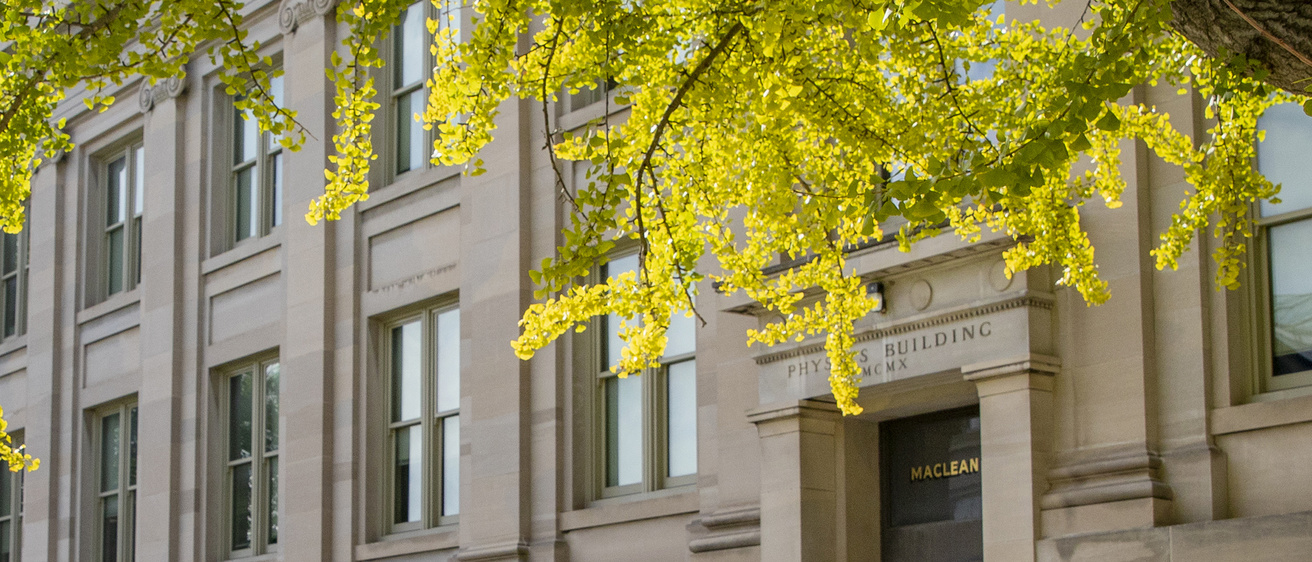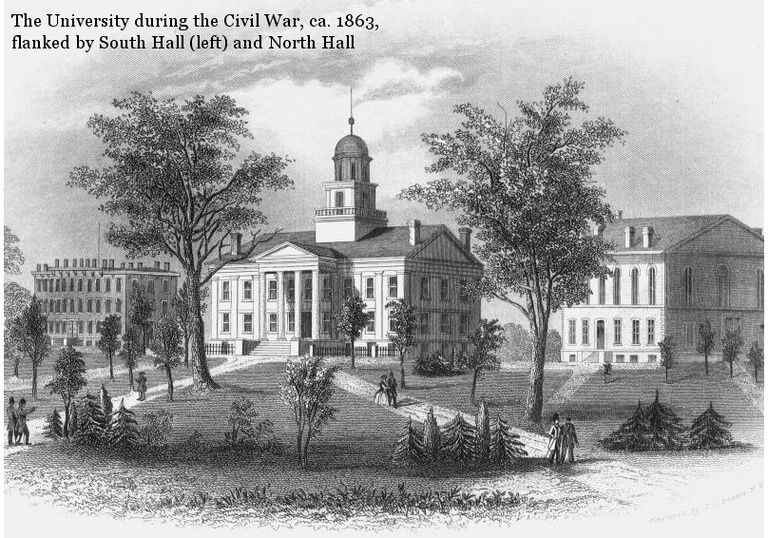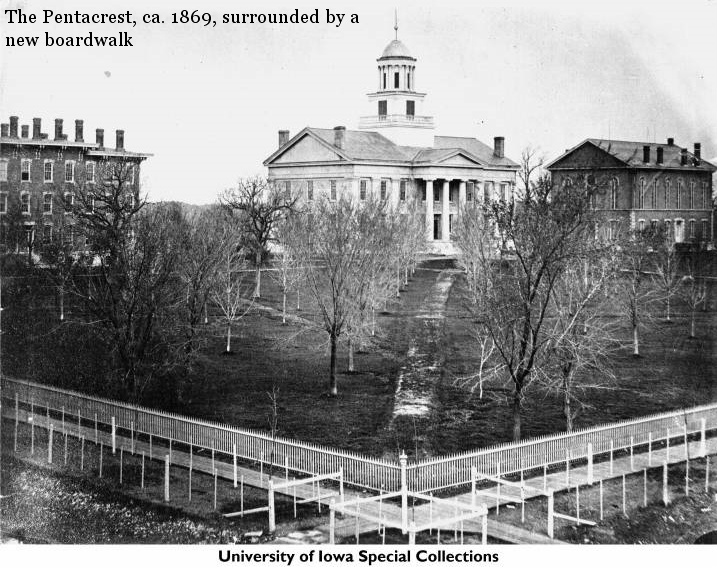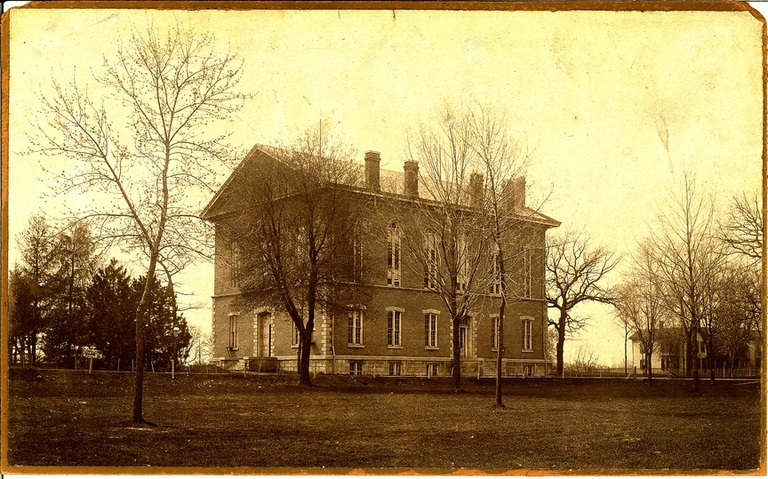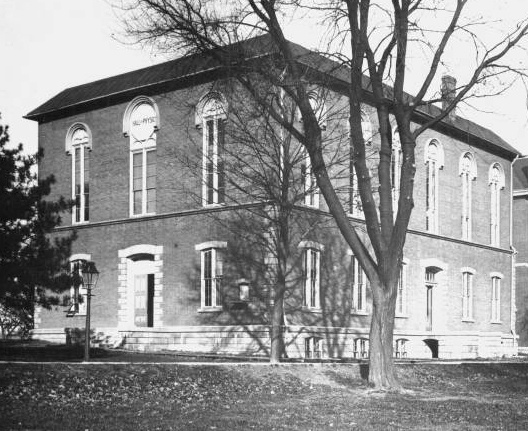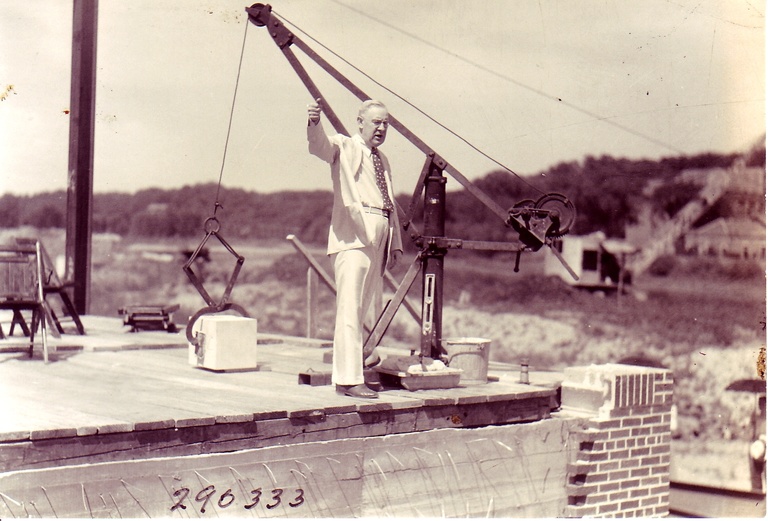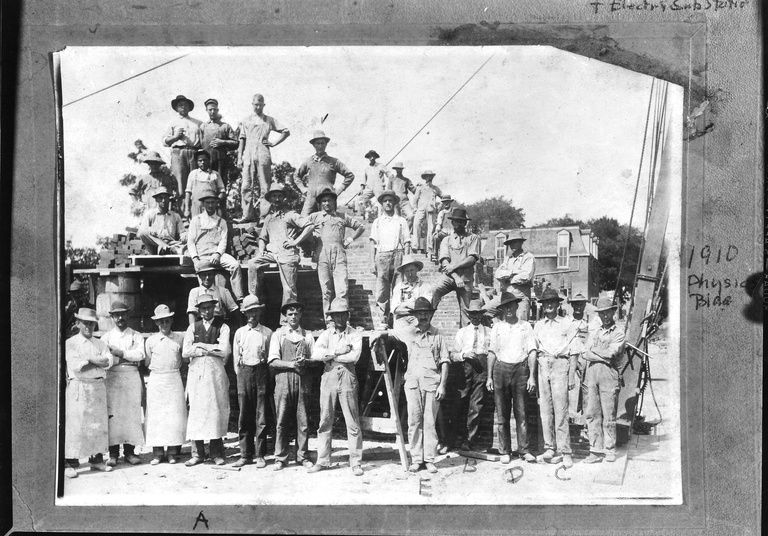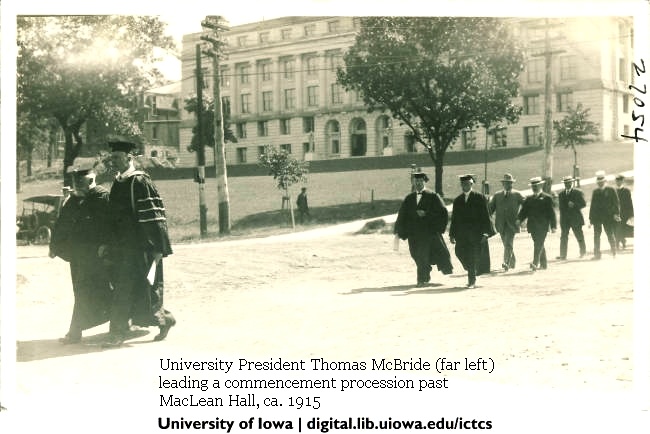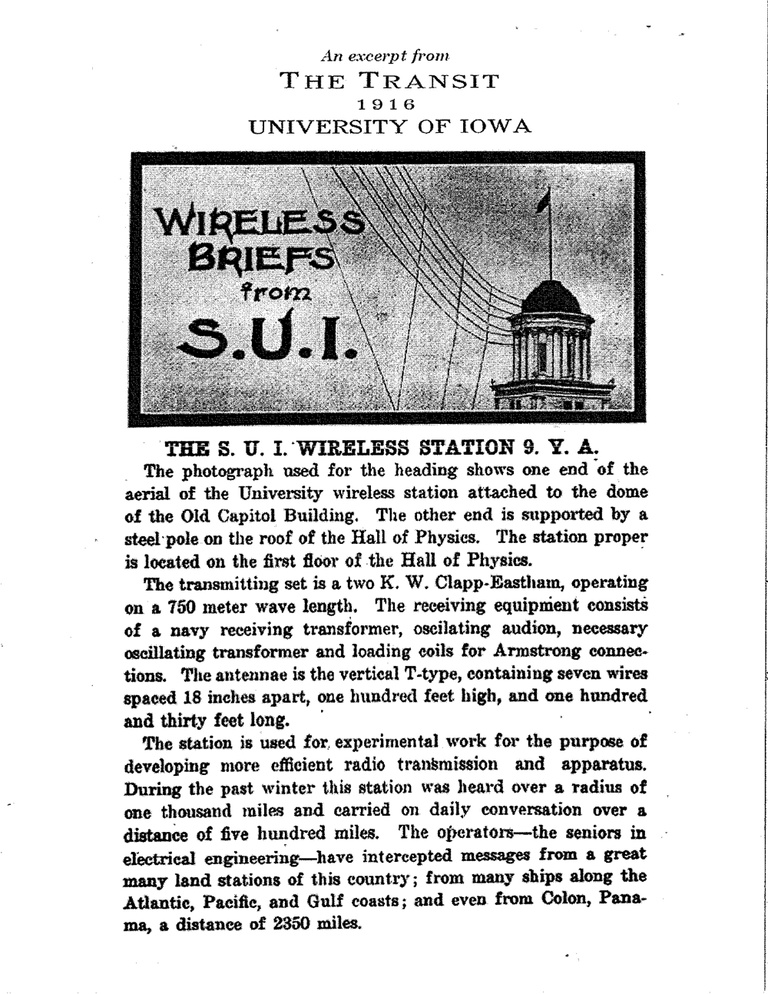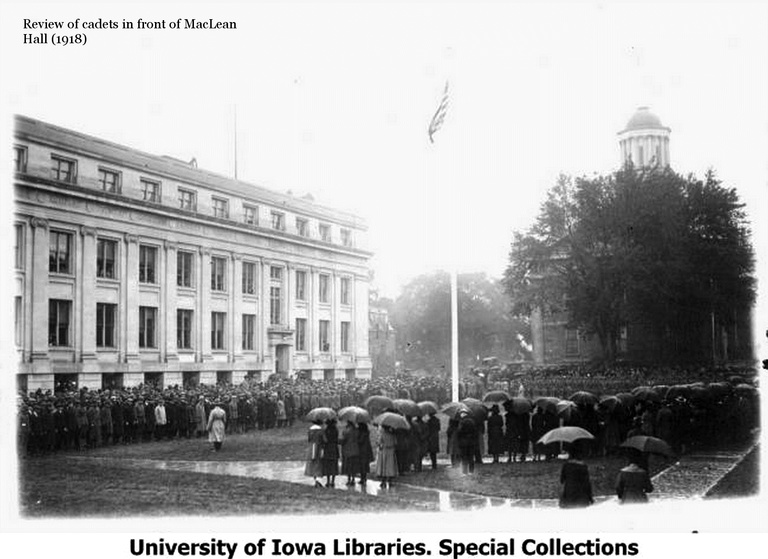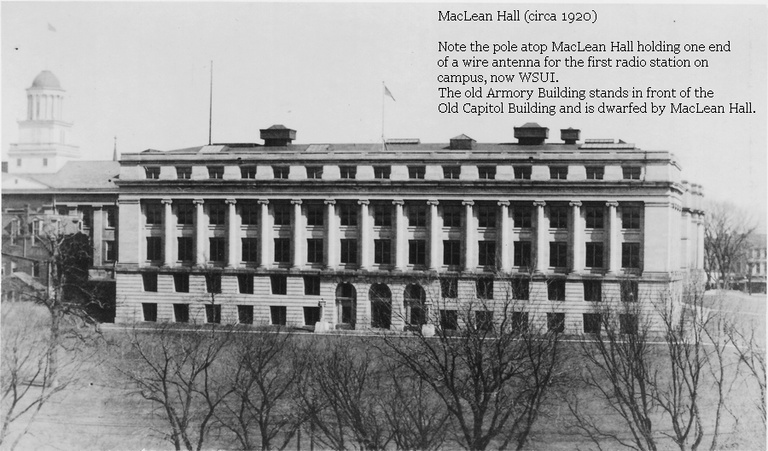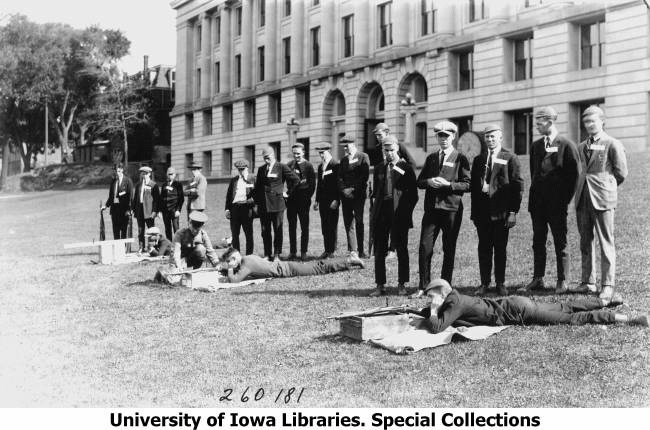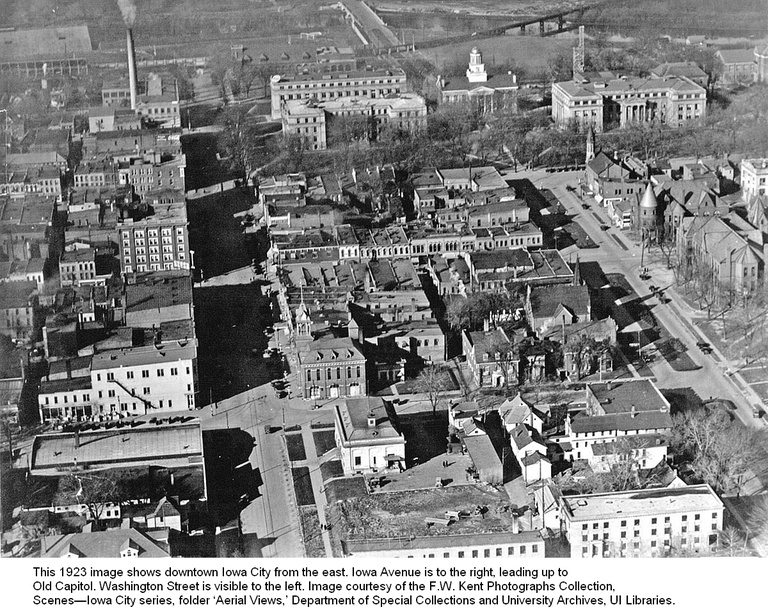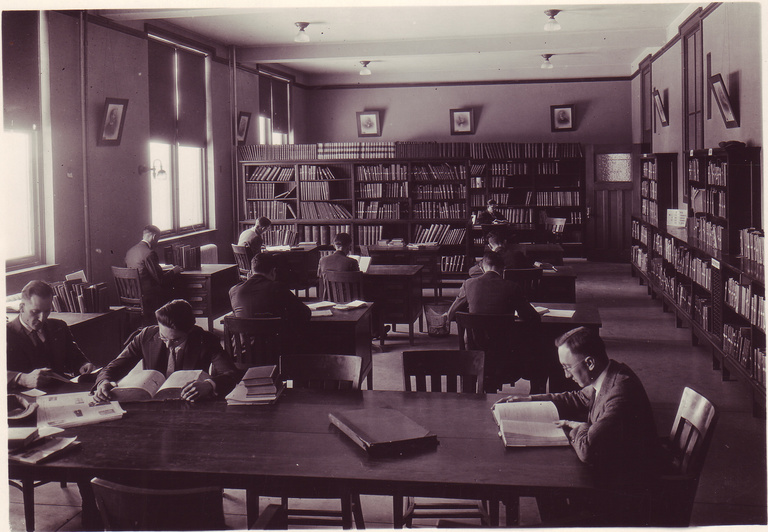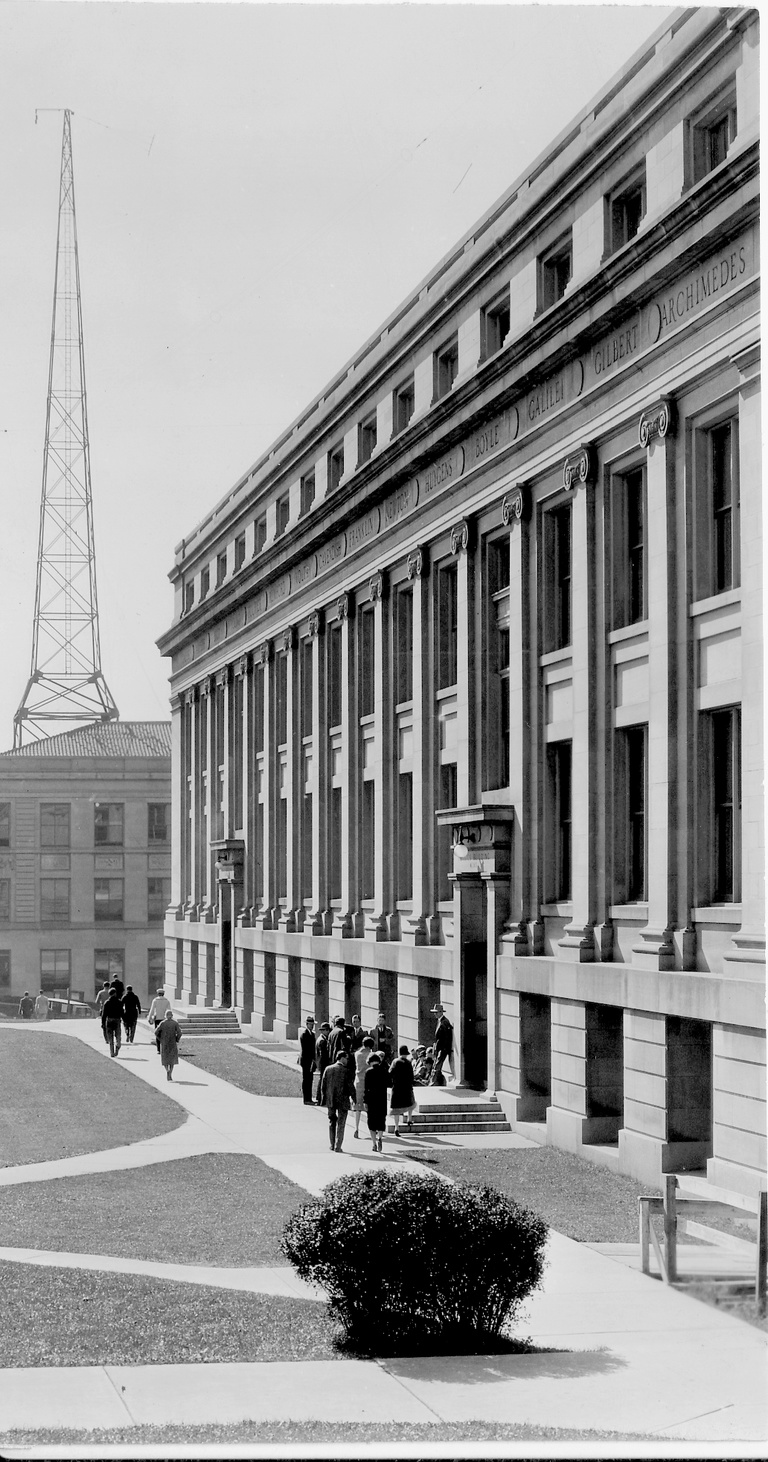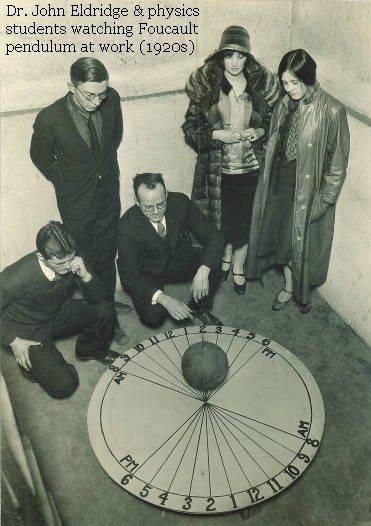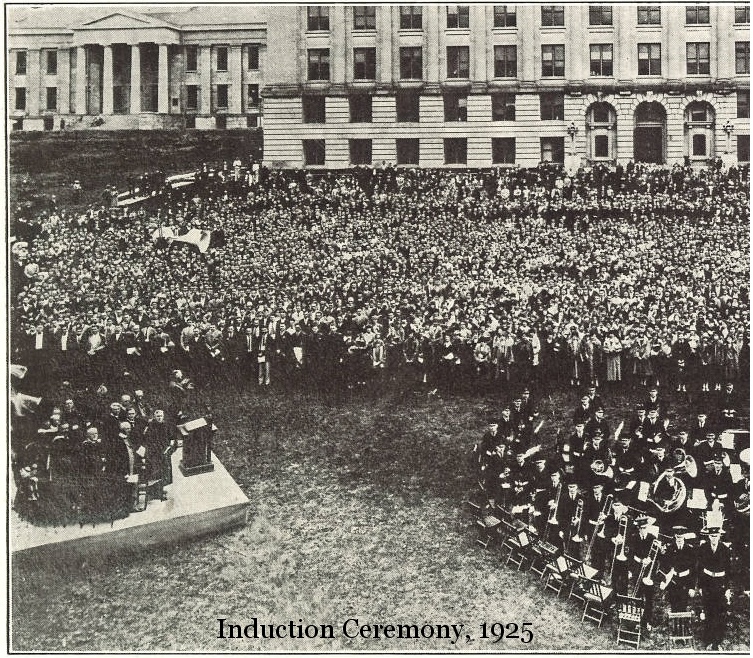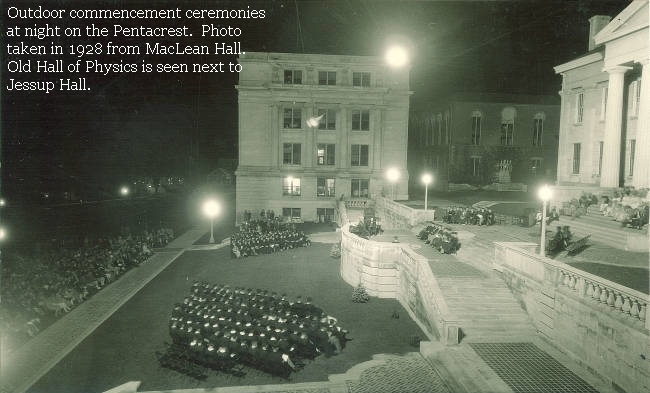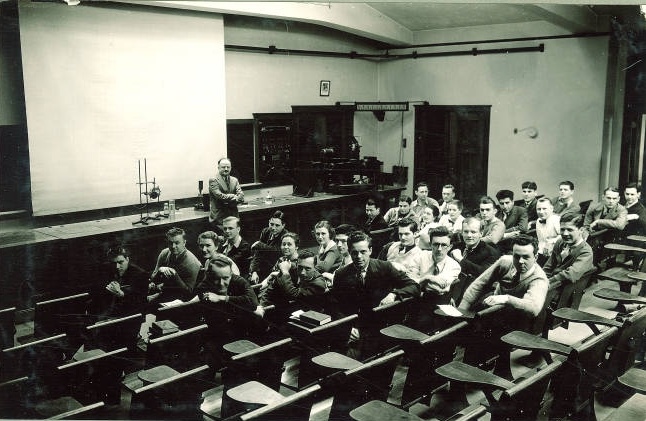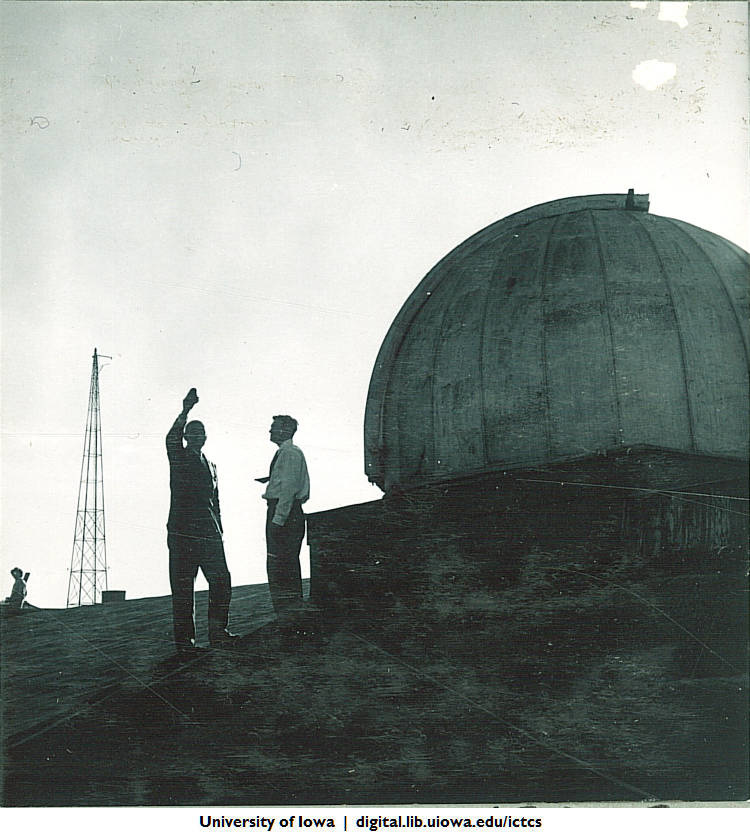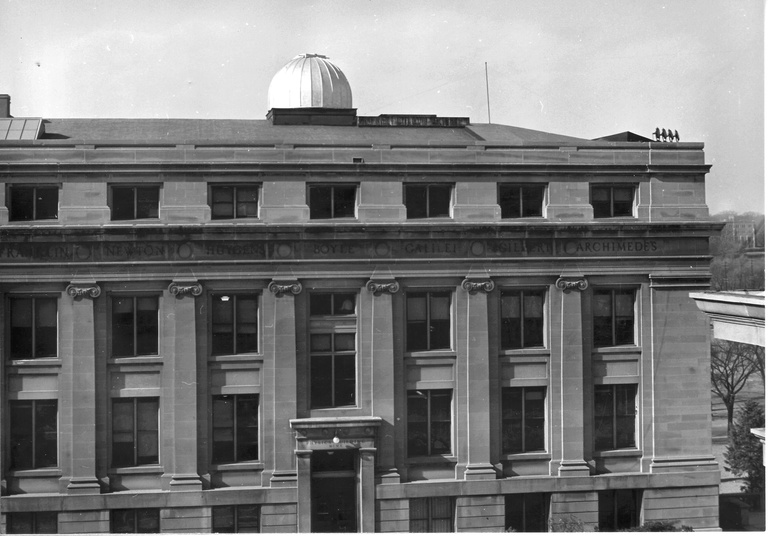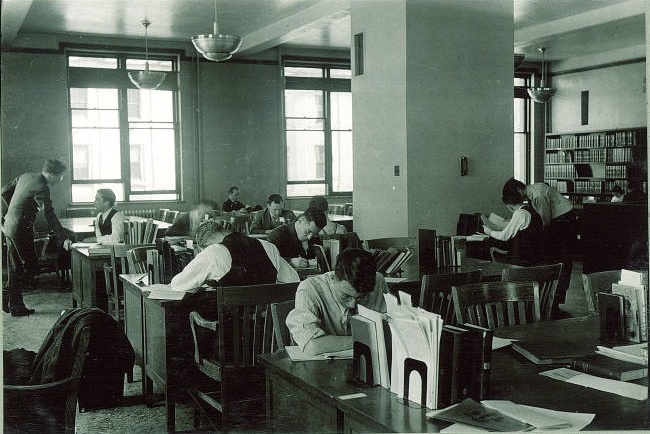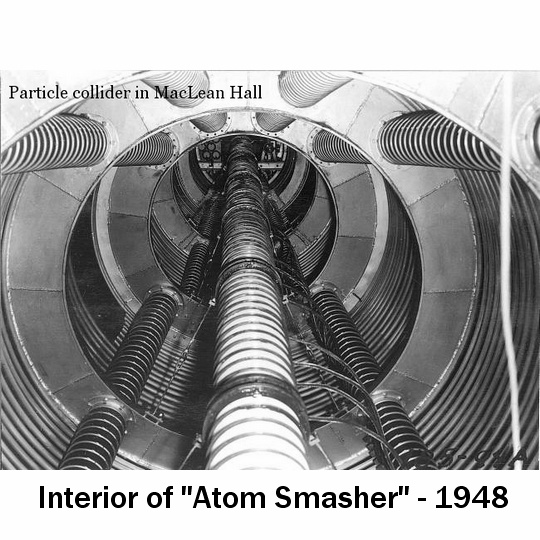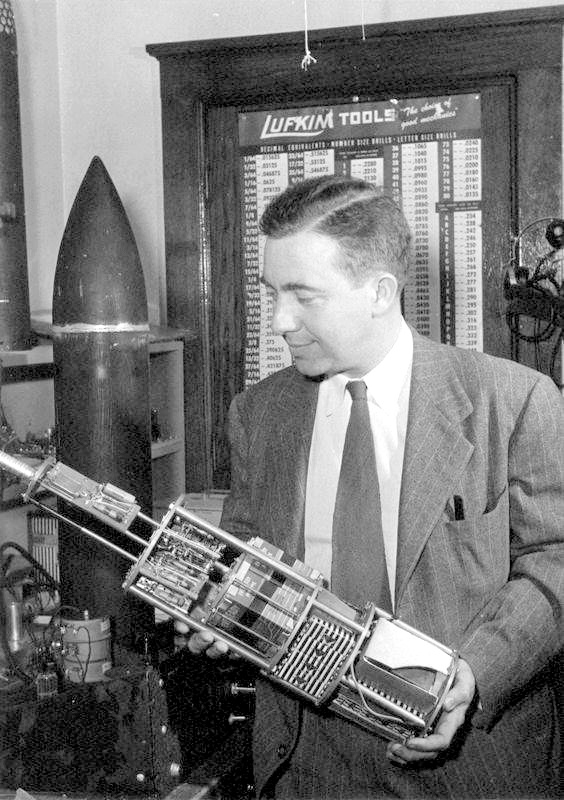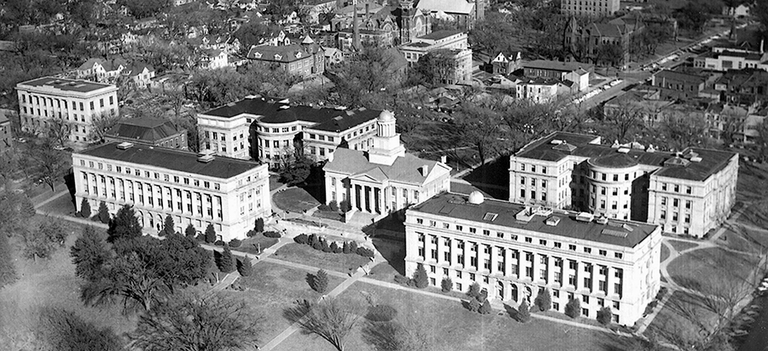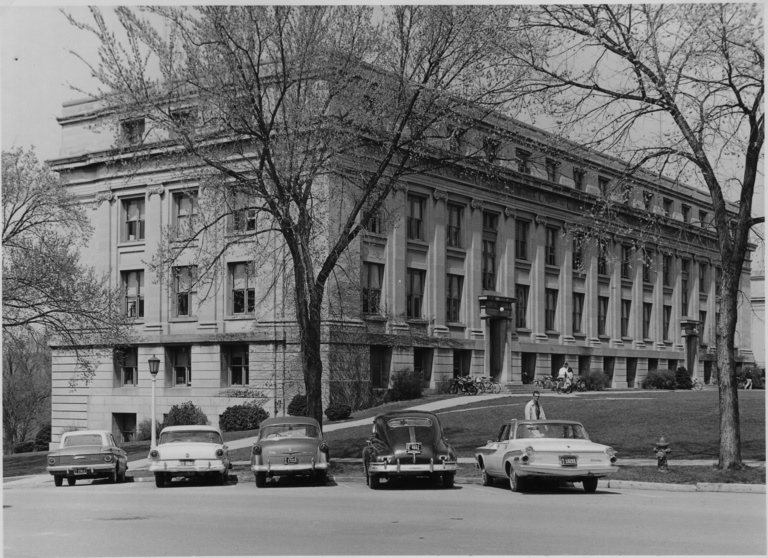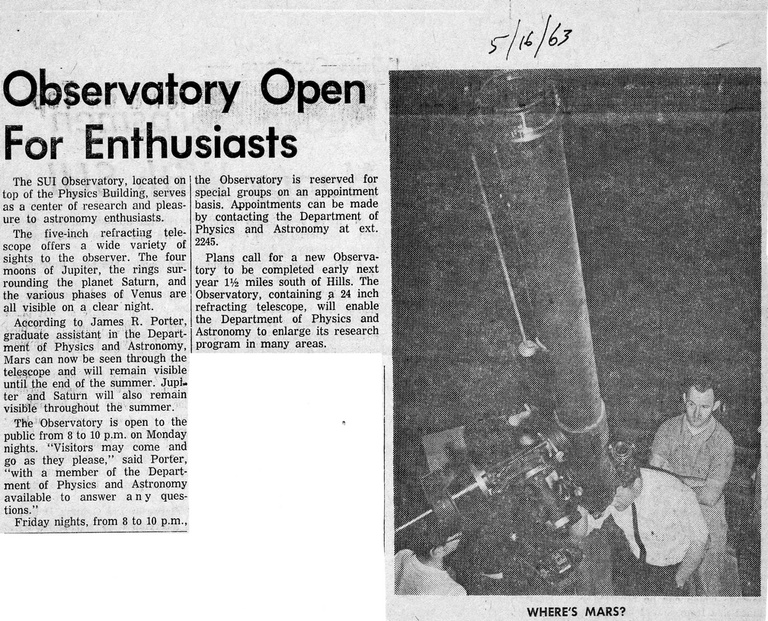Main navigation
MacLean Hall (MLH)
Address:
2 W. Washington Street
Iowa City, IA 52240
For more information about artwork, lactation rooms, and restrooms, visit the University of Iowa Facilities website.
About MacLean Hall
MacLean Hall is located in downtown Iowa City, east of the Iowa River, at the southwest corner of the Pentacrest and next to the Old Capitol Building. The Old Capitol Museum, U of I Natural History Museum, downtown shopping, dining, and entertainment is nearby.
Department of Mathematics main office
The Department of Mathematics main office in Room 14, MacLean Hall, is open Monday through Friday from 8:30 a.m. to noon (12 p.m.) and 1 to 4:30 p.m. We are located on the historic Pentacrest in Iowa City, Iowa.
Contact us
Phone: 319-335-0714
Email: mathematics-department@uiowa.edu
History of MacLean Hall
The University of Iowa was founded on Feb. 25, 1847, and was created by an act of the First General Assembly of the State of Iowa convening in Iowa City less than two months after Iowa was admitted to the Union as the 29th state. The bill was signed by Iowa's first governor, Ansel Briggs. With the seat of the state government relocating to Des Moines in 1857, the Old Capitol became part of the University of Iowa. Classes were first held in it's chambers and the first University of Iowa graduates received their diplomas shortly before the outbreak of the American Civil War.
MacLean Hall was constructed over a two-year period following devastating turn-of-the-century fires that destroyed the former North Hall ("Old Physics"), South Hall, and the Medical Building. These three buildings, along with the Old Capitol and the old Dental Building (torn down in 1970), once stood centered on a north-to-south axis line on the grassy mall later named The Pentacrest. The cornerstone was laid in 1910 and MacLean Hall opened for classes in 1912. Interestingly, North Hall–although gutted by fire–was restored and reopened. It was finally razed in 1949. Old Capitol, standing since 1840, escaped a similar fiery disaster when the cupola and dome caught fire from a workman's torch in 2001. A concrete barrier under the cupola saved the rest of the historic building from the flames. Donations from near and far helped rebuild the cupola and dome. With a replacement 19th-century bell that closely matched the ruined bell in the cupola, and a new layer of gold leaf on the rebuilt dome, the Old Capitol reopened in 2006.
Modern space physics started in MacLean Hall in the mid-1950s where Dr. James Van Allen of the Department of Physics & Astronomy and his colleagues developed and built the payload for Explorer I, America's first earth-orbiting science instrument. The instrument package detected the radiation belts that surround the Earth. The radiation belts now carry Dr. Van Allen's name. The discovery data poured in from recording stations from around the world. The data was stored on reels of magnetic tape in the basement of MacLean Hall for over 50 years and have only been recently digitized. You may read the stories of Explorer I and Dr. Van Allen and his team (and listen to the radiation belt discovery data yourself).
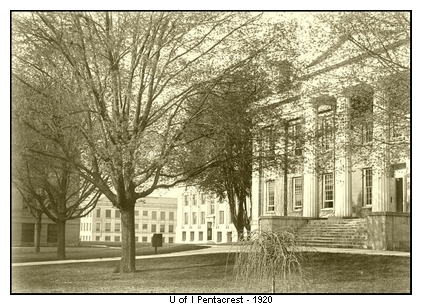
Did you know...
Did you know long-distance wireless communication first arrived in Iowa here in MacLean Hall more than 100 years ago? Check out these news articles in the Daily Iowan (1913) and the Transit (1916).
Names around the top of MacLean Hall
When you first visit MacLean Hall, you may notice the frieze of the building is engraved with the names of scientists and mathematicians of past centuries. The frieze is part of the larger entabulature that sits atop the stone pilasters topped with scrolls or volutes on the outside of MacLean Hall. The names mark milestones of scientific, mathematical, and technical achievement thoughout history.

When you consider when MacLean Hall was built, starting in 1910, one scientific genius's name appears to be missing. In his 1905 Special Theory of Relativity, Albert Einstein determined that the laws of physics are the same for all non-accelerating observers, and that the speed of light in a vacuum was independent of the motion of all observers. Hence, Albert Einstein was already known in scientific circles by the time MacLean Hall was finished in 1912.
So, why wasn't Einstein's name included on the top of MacLean Hall? Einstein's legacy wasn't sealed until observations were made of an eclipse of the sun and the slight apparent displacement of the surrounding background stars bacame visible during that total solar eclipse in 1919. The observations of the shift of the star positions provided proof of his 1915 General Theory of Relativity where accelerating bodies and observers were accounted for in this new theory. Only then the full impact of Einstein's work was felt and Einstein then acheived celebrity status. Consequently, Einstein's name was not part of the list of scientific luminaries chisled into the frieze several years earlier.
Still, it is interesting to read the roster of famous scientists and mathematicians from antiquity through the 19th century by taking a stroll around MacLean Hall. Perhaps the builders could have added Hypatia of Alexandria, Ada Lovelace, Madame Curie, and Sonia Kovalevsky.
The first 100 years of MacLean Hall: 1910 to 2010
MacLean Hall was the third of four buildings erected to anchor the four corners of today's Pentacrest. MacLean Hall's cornerstone was laid in 1910 and the building opened in 1912. Plans for MacLean Hall commenced soon after a fire gutted its predecessor, North Hall, in 1897. North Hall occupied a space just north of the Old Capitol since the mid-1860s. Although nearly destroyed, North Hall was restored and continued to served the university with classroom space long after the Physics and Astronomy Department moved to MacLean Hall. North Hall was eventually razed in the summer of 1949.
Over the years MacLean Hall has been the home of the Departments of Physics and Astronomy, Mathematics, Statistics & Actuarial Sciences. Also, there were at various times: art studios, an astronomical observatory, a Foucault pendulum, unmanned space mission projects, and even an atomic particle accelerator. The predecessor of radio station WSUI-AM - originally operating with the call sign 9YA–was first set up in MacLean Hall. The Physics and Astronomy Department moved to Van Allen Hall around 1970. Today, MacLean Hall is the home of the Departments of Mathematics and Computer Science. A newly-expanded mathematics laboratory occupies a portion of the first floor.
